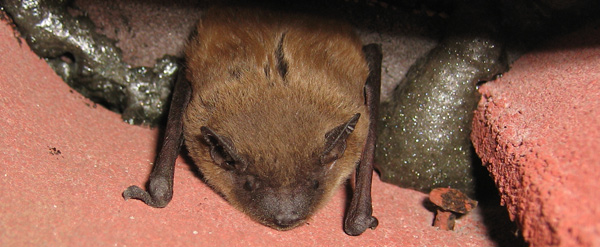-
info@aaanimalcontrol.com
Call us for help in your town
Humane Wildlife Education
Tips on How to Remove Bats Out From Your Attic
Need bat removal in your hometown? We service over 500 USA locations! Click here to hire us in your town and check prices - updated for year 2020.
When bats get in your attic, it is usually not easy to get them out. The process can be long and complicated and it is best that you get a professional to handle the situation for you. If you have time on your hands however, you may attempt to do it yourself. Here are some pointers to what you would need to do:
For more information, you may want to click on one of these guides that I wrote:
How much does bat removal cost? - get the lowdown on prices.
Example bat removal photographs - get do-it-yourself ideas.
Bat job blog - learn from great examples of bat jobs I've done.

Identification of entry points
The first thing is to solve the mystery of how exactly the bats are getting in. Most times, it is through the gaps nears the edge of the roofline. A useful tip is that entry points usually have brown stains from the grease and the oil in their fur.
After caves, bats generally like to roost in attics and many times, the colonies are actually maternity colonies that comprise females after having given birth in the summer. Bats can stay in the same place all year so long as the place is conducive enough and each summer they’d just keep growing in population until the situation results in an infestation.
Verification
Another thing is to know for sure that the animals in your attic are bats via the kind of noise they make. Even though bats are generally quiet and nocturnal, a large number of bats would create a loud noise and you can identify them by their squeaks and flutters. Most of the noises are made at dusk when they fly out to forage for food.
To further confirm that you have bats, you may check for their guano or droppings. The odor of the droppings in large amounts can contaminate the attic and cause lung disease for occupants living in the house so you would need to be careful.
They do not like cold places so if your attic is warm, they would return each spring. Sometimes the young bats crawl and fly into the house due to inexperience and this is another way to identify them.
Exclusion
After identifying entry points and knowing for sure that bats are in the house, the best way to get them out of the attic is through exclusion. Exclusion allows for the bats to exit through a means but not to get back in through that means. There are different kinds of exclusion devices:
- Netting: Most people use netting because netting allows for multiple bats to exit at once and a flap fitted across the bottom will ensure that they don’t get back in.
- Pipes: One way valve smooth pipes can also be used so that the bats don’t get stuck going down the pipe. Once they exit the valve closes ensuring that they can no longer get back in.
- Funnels: A funnel can be placed in an eaves gap over the exit types and let them fly out themselves.

Sealing
After getting them out of the house, the next crucial step is to seal off all entry points. Different entry points will not require the same kind of sealing. While some will require a board with nails - like a loose board, others like the eaves would require a liquid sealant. Some cracks and types will require foam or caulk sealants while the top of a chimney or a vent will require polyester netting.
Getting rid of bats completely must be done at the right season. It is against the law to get rid of bats during their maternity season which is from April to August; baby bats at this period depend on their mothers since they are unable to fly for several weeks. Exclusion would mean that only the mothers get to leave thereby leaving the babies stuck without food and you would run afoul of the law when you prevent the mothers from getting back to their babies.
Learn more about: How to get rid of bats


















